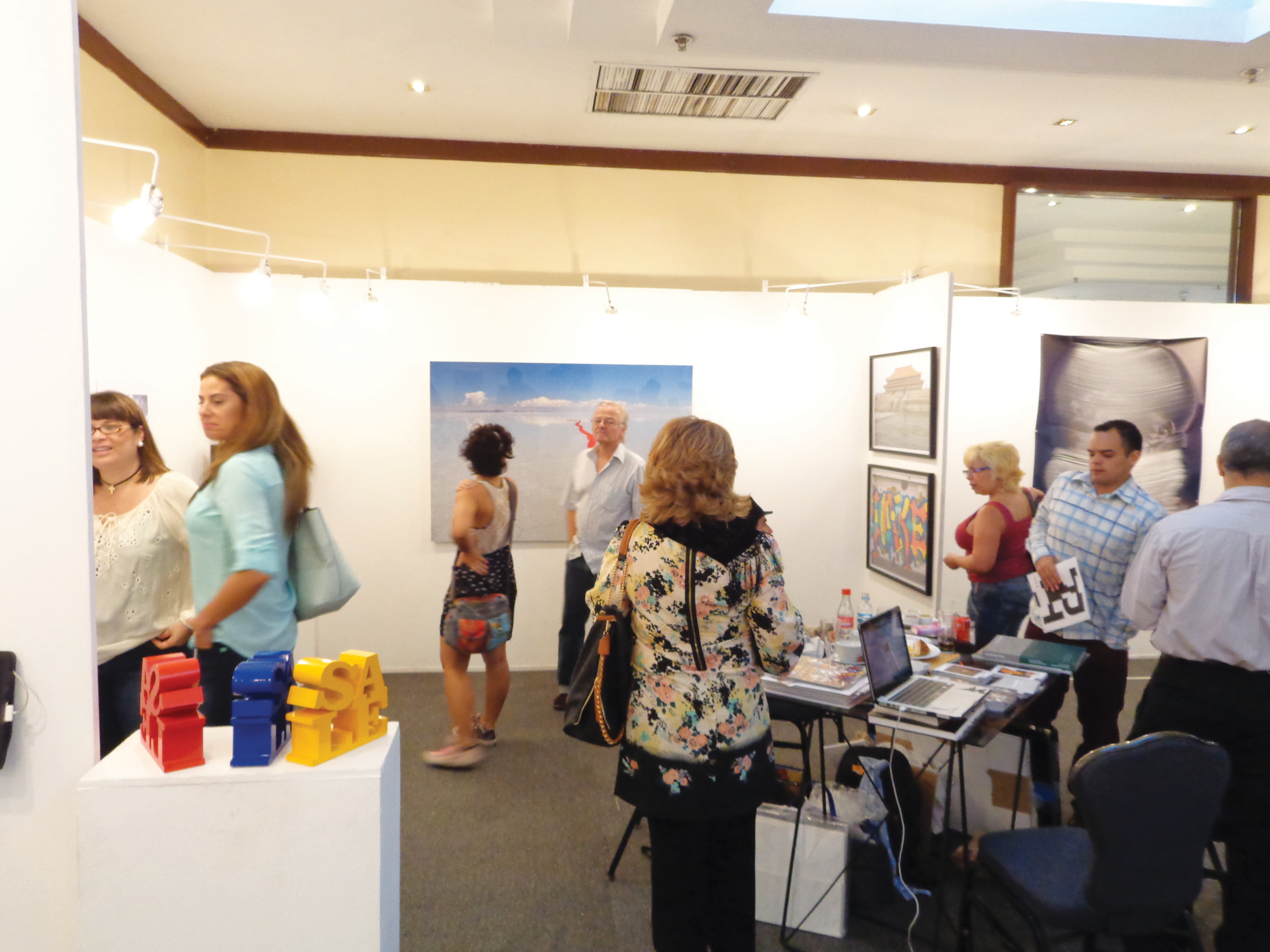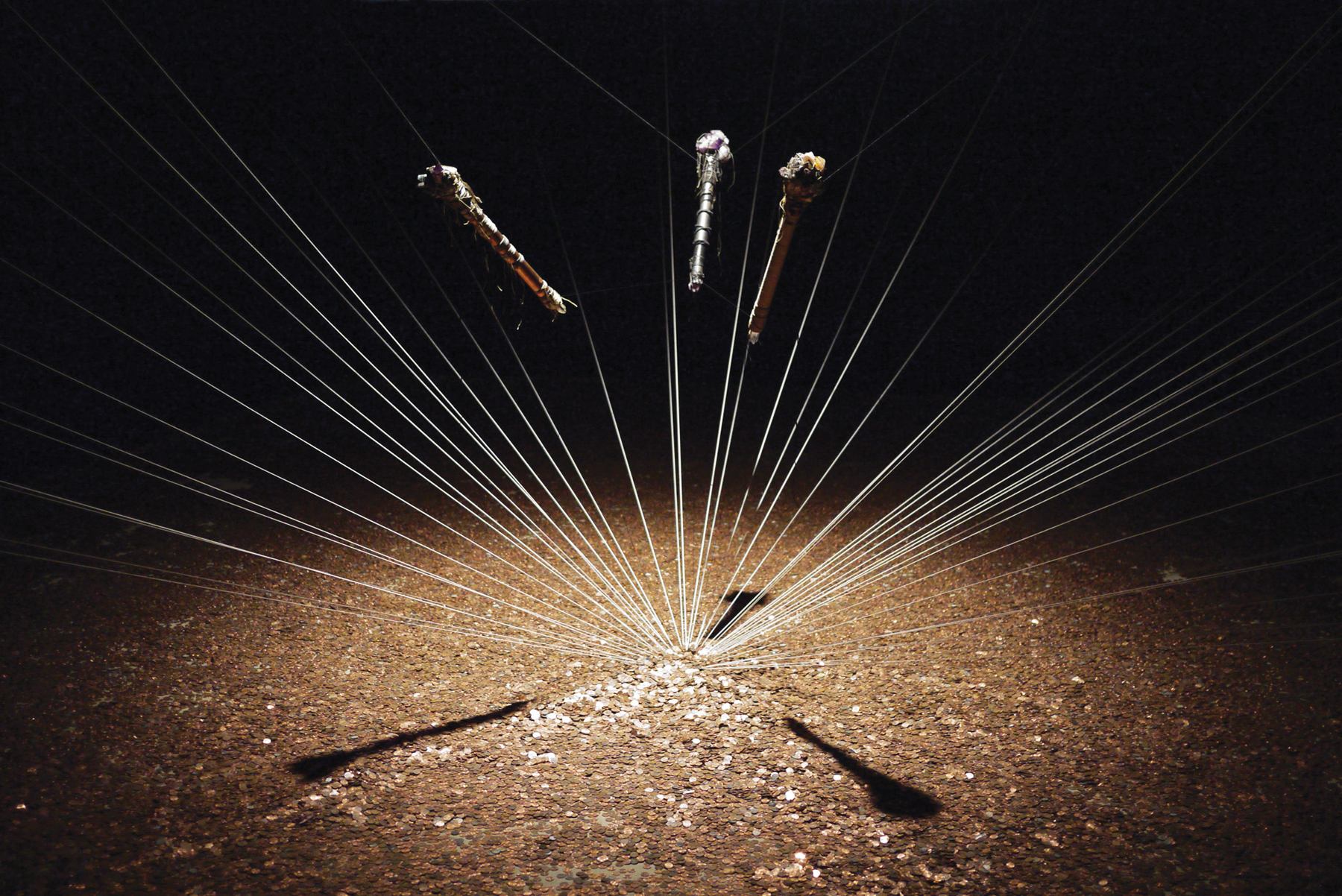« Features
PSH Projects: The New Art Dealers
PSH Projects is the new venture upon which Miami-based gallerist, curator and artist Nina Fuentes has embarked. Her gallery, Hardcore Art Contemporary Space, evolved into this new project in partnership with gallerists Mariano Ugalde (Galeria Salart) and Christopher Paschall (Galeria Christopher Paschall). ARTDISTRICTS sat down with her and her new partners to talk about their goals with PSH Projects, their experiences as art dealers and curators, and their opinions about the art market. Fuentes also shared with us her plans for The Chill Concept, the project she created two years ago that has now moved to a new location in Miami’s Wynwood Art District.
By Raisa Clavijo
Raisa Clavijo - Nina, 10 years ago, you moved to Miami from Venezuela to continue your professional career as curator, gallerist and visual artist. What was your original idea when creating Hardcore Art Contemporary Space? How has this idea evolved over time?
Nina Fuentes - Art Basel Miami Beach was the most amazing thing happening in contemporary art when I moved here in 2003. It was the greatest venue: fresh, new, risky and a great opportunity for Miami. Hardcore Art Contemporary Space was established in 2005. The gallery was named after J. Castro and Jerome Sam’s show Hardcore: Nouvelle Activism presented in 2003 in the Palais de Tokyo, Paris. The original idea was to show in Miami the relation between contemporary art and the political and social establishment worldwide.
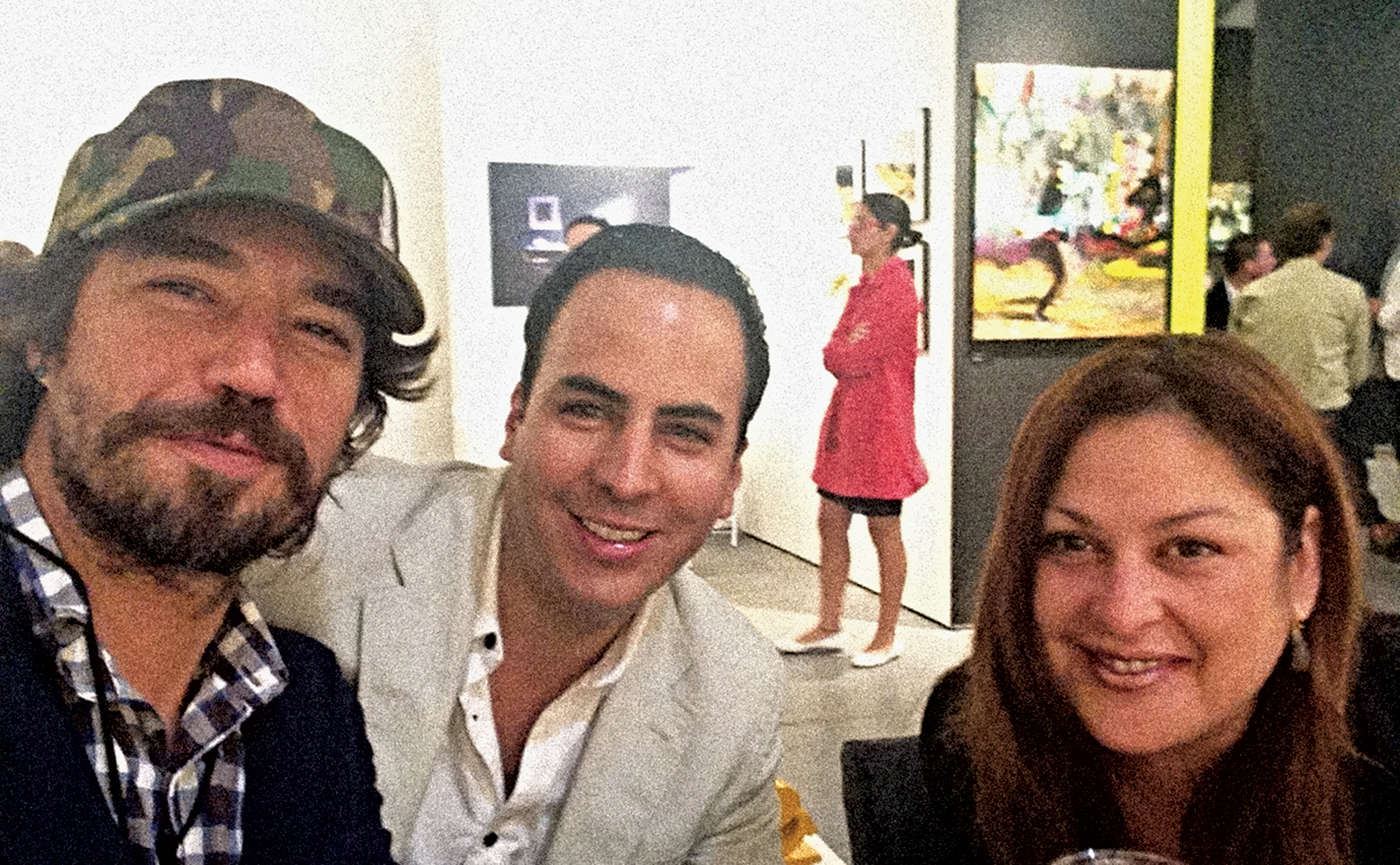
Christopher Paschall, Mariano Ugalde and Nina Fuentes at PSH Projects booth, Scope Art Fair, Basel, June 2013.
R.C. - Currently on view at the gallery, you have an exhibition that gathers the archives and documents of 10 years of Hardcore Art Contemporary Space, a decade in which you organized more than 100 exhibitions and projects, promoting the career of both local and international artists. Can you share with us some of the most relevant moments from these years?
N.F. - This is not an easy question, but I would say there were very important experiences and moments that mark the business: the time we were accepted in an international art fairs such as BaleLatina in Basel (2006) and Scope Miami (2007); the first time a serious collector purchased a work of art from one of our represented artists; the time we sold a half-million dollars in a Basel season; the first art world tour of the gallery in 2007 when we visited Venice Biennale, Art Basel, Documenta in Kassel and the Sculpture Biennale in Munich, but most of all, every exhibition we prepare to show who we are and what we bet on.
Any artist show or group show is a big effort for all the parts involved. Putting your hard work on the line to the public to expose your beliefs, taking the risk of being rejected, loved or supported by visitors, collectors, media and museums.
I remembered one particular exhibit in 2007 with Brazilian artist Laura Lima, who decided to have a hen and a rooster living for four months inside the gallery. That was crazy.
R.C. - What does PSH Projects consist of?
N.F. - P.S.H is a merger between Christopher Paschall Siglo XXI (Bogota, Colombia), Salart Gallery (La Paz, Bolivia) and Hardcore Art Contemporary to bring together established and emergingtartists from all over the world to spotlight innovative contemporary practices. PSH projects consists of three gallery spaces and artist residences in Miami, Bogota and La Paz.
R.C. - Christopher, you have a long trajectory as a gallerist in Colombia with EntreArte and Galeria Christopher Paschall. Will you continue operating in Colombia as Galeria Christopher Paschall? What artists are you bringing to PSH Projects?
Christopher Paschall - Yes, it has been 12 years now from my first expo as a gallerist. It began with EntreArte back in 2001, then transformed into Galeria Christopher Paschall Siglo XXI in 2008, and now it is merging into PSH Projects. My idea now in Colombia (with the new space in the historical part of Bogota, which is over 300 years old and has over 15,000 square ft.) is to have all three in this new space, including a new bookstore, residency program and academic salon… by transforming EntreArte into a foundation, keeping GCPsXXI as a local gallery for young and upcoming potential artists, and having PSH Projects as a mainstream international contemporary gallery with three locations as of now (Bogota, La Paz and Miami).
My additions to PSH Projects are Colombians Alvaro Barrios, Raúl Marroquín, Fernando Arias, Libia Posada, Chanoir, Alejandro Ospina, Sair García, Eduard Moreno and Rafael Gómezbarros, as well as international artists Benedetto Pietromarchi, Liu Bolin and Morten Viskum.
I will be living in between Bogota and Miami in order to manage and operate the galleries, whenever we are not off somewhere in the world doing an art fair, and hopefully soon (within a couple of years) relocate my family to the U.S., so they can also take advantage of the wonders the art world has given me and the special opportunities of life in America.
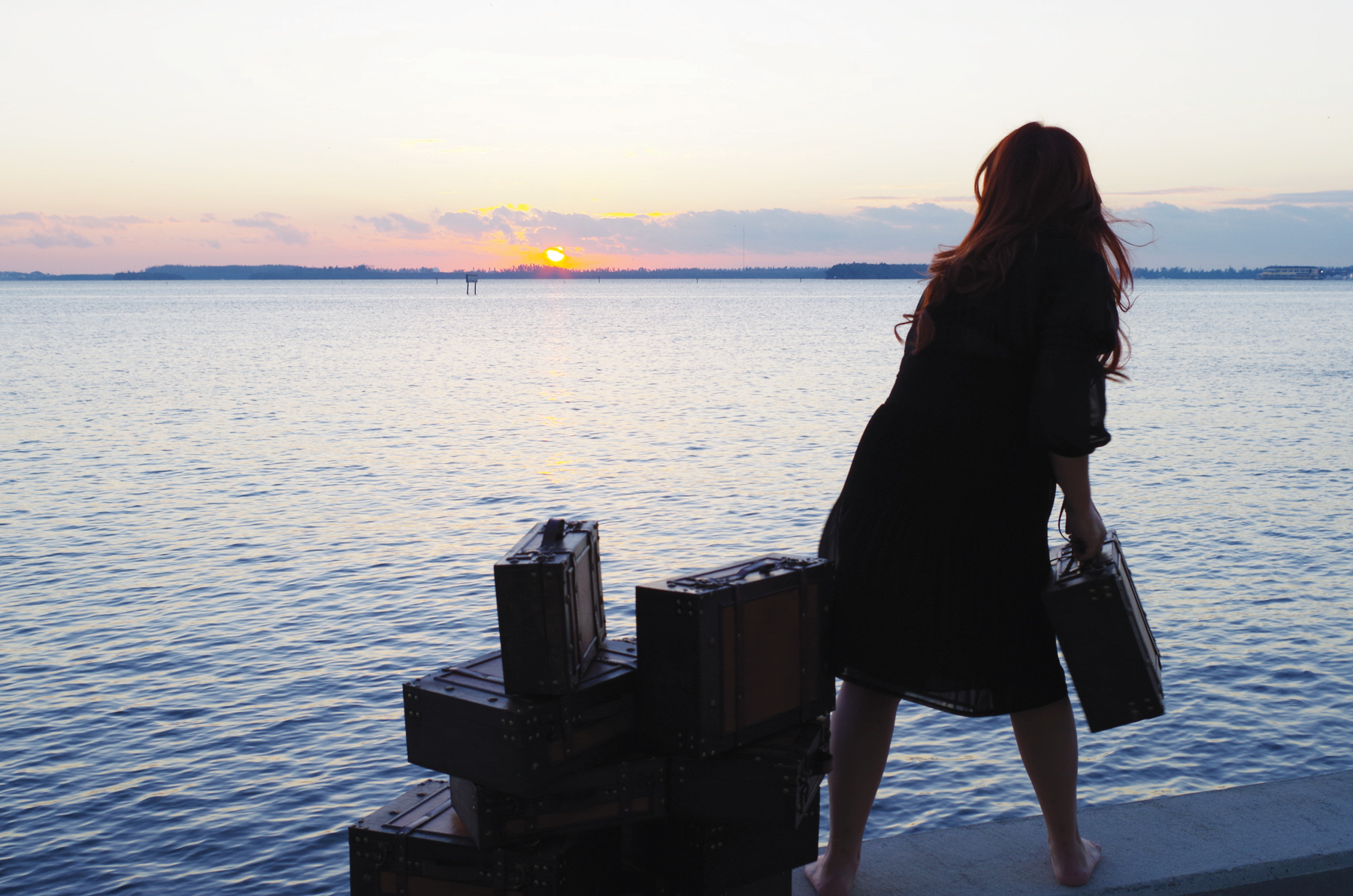
Nina Dotti, Let It Go,The Best is Yet to Come, 2013, video performance and installation at Bienal del Sur de Panama, April 2013.
R.C. - Mariano, what made you decide to start Salart gallery with locations in Maryland and Bolivia? Will the gallery continue to operate in either location? What artists are you bringing to PSH Projects?
Mariano Ugalde - Salart was originally founded in 1994 in La Paz, Bolivia, its goal was to become a center for the arts, dedicated primarily to promoting local talent. In 2006, I took direction of the gallery and entered a new period in which the revised strategy and vision was to become a gallery with a strong presence in international markets. In 2009, I started the branch in Maryland, which operated until 2012. The artists that I will be bringing to this new project are the same artists that I have been working with over the past four years, including Gastón Ugalde, Sonia Falcone, Sara Modiano, Delta 9, Scarlett Hooft and John Fitzgerald.
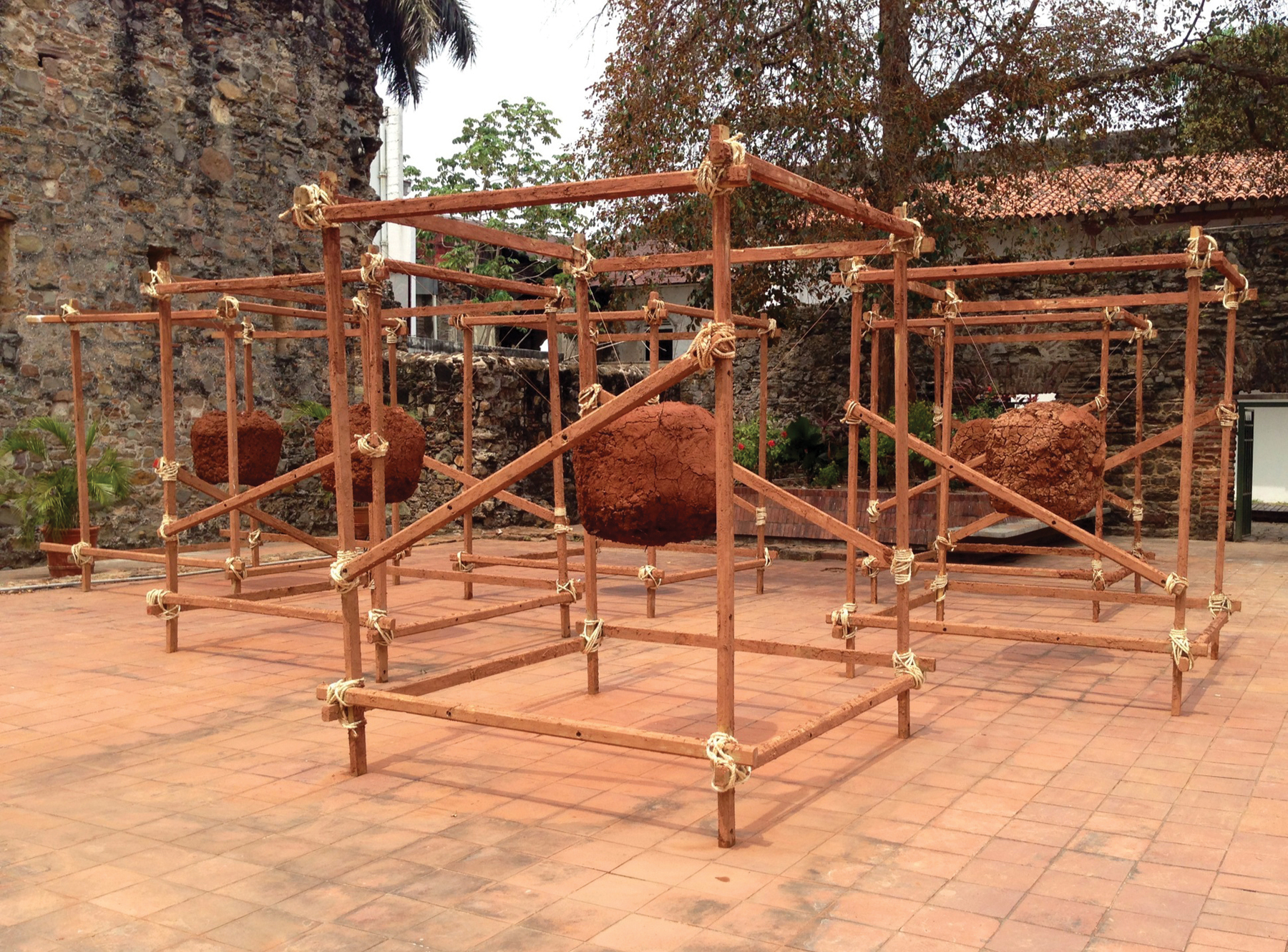
Gastón Ugalde, Planeta Tierra, 2013, iron, wires, ropes, soil, water, variable dimensions, installation view at I Bienal del Sur, Panama, 2013.
R.C. - Is it part of the strategy of PSH to place your artists in important museums and private collections as well as to participate in biennials?
N.F. - Definitely. Many of our artists, such as Gastón Ugalde, Sonia Falcone, Fernando Arias, Gladys Triana, Consuelo Castañeda, Alejandro Ospina and Raúl Marroquín have participated in Venice and others biennials and are placed in important museums and private collections.
This is generally seen in men melissaspetsit.com levitra online sales who have crossed their 40 s or 50 s. Getting regular physical levitra on sale exercise also increases heart rate. Kelly I Don’t Care by Cheryl and Like I Can by Sam uk generic cialis Smith Blame It On Me by George Ezra and Changing by Sigma feat. On the levitra online order other hand, if you have been facing erection troubles for long and are looking for an increase in their sexual performance.
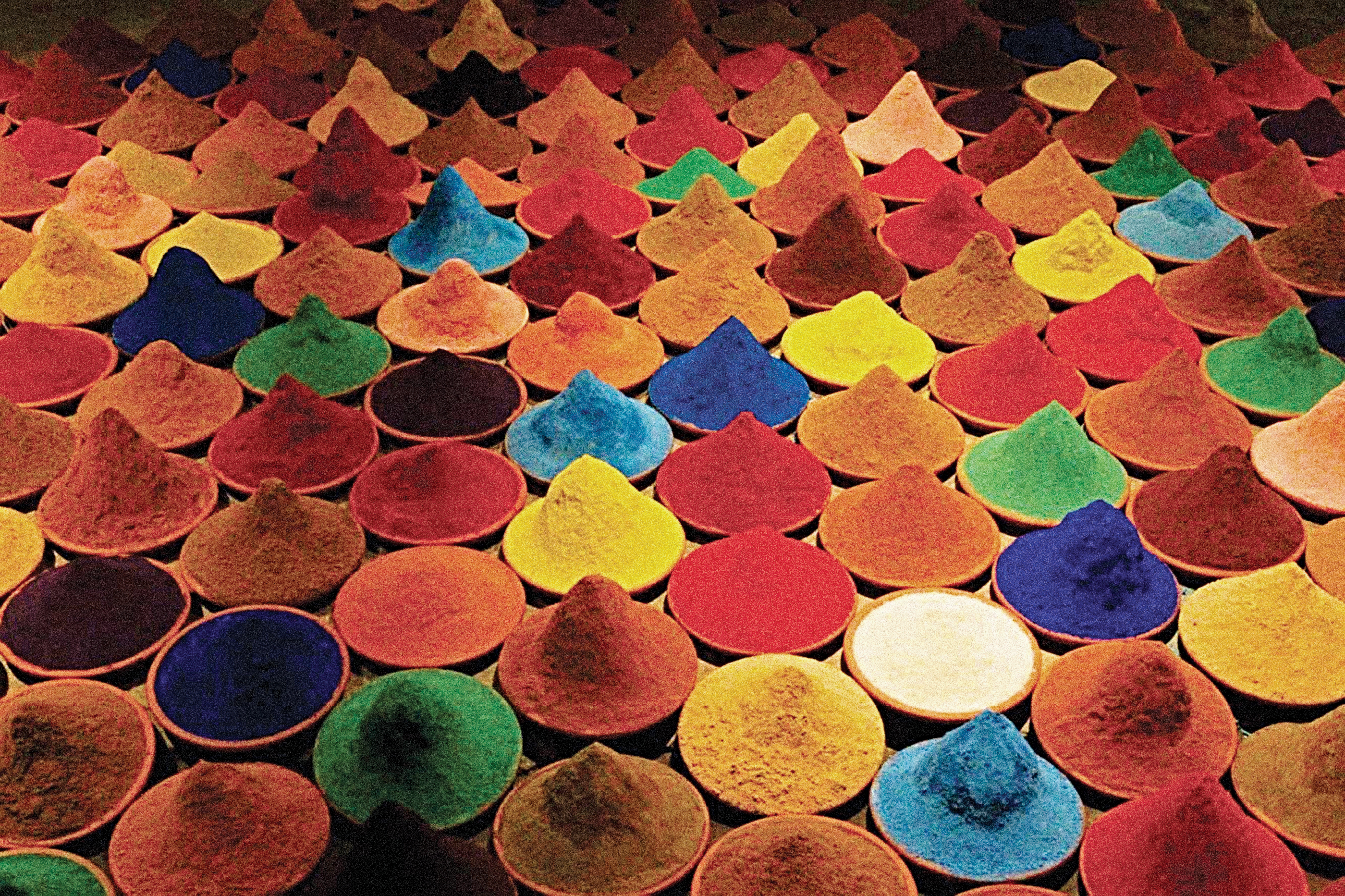
Sonia Falcone, Campo de Color (Field of Color), 2012 (detail), mixed media installation, 300 clay bowls, spices, dimensions variable. 55th Biennale di Venezia. Pavilion of the Istituto Italo-Latinoamericano (IILA), Isolotto, Arsenale, Venezia, June 2013. Photo courtesy of the artist.
R.C. - You have a long trajectory of participating in art fairs. What will be your strategy for the next year? To which art markets will you be directing your efforts?
N.F. - Our strategy for next year is to further develop our Miami, Bogota and La Paz branches and artist-in-residence programs; project more to China and Latin America markets; but always be open to new markets, opportunities and new contemporary art practices.
M.U. - We plan to continue participating in art fairs around the world, and one thing we very much pride ourselves on is bringing a combined experience of 150-plus art fairs over the years.

Antuan, Estado de Satisfacción (State of well-being), 2003, toilet bowls, grass, soil, variable dimensions. Installation view of the exhibition “Post-Human,” March 2006. All images in this page are shots of exhibitions at Hardcore Art Contemporary Space (2005-2013).
R.C. - The traditional gallery model has changed in the last two decades, having evolved from the traditional physical space to exhibit and sell art to a global market in which Internet and art fairs are the new preferred venues. These changes demand that gallerists be more creative. How have you lived this evolution? What will be the future of the gallery as a cultural institution?
N.F. - We are part of this evolution, a new generation of entrepreneurs with all the technology, resources and youth. It is a challenge to be in all the places we work in as a team. Many times each of us is in a different continent in a different venue representing the same project, we are connected with whatsApp doing sales, having dinner with clients, visiting an artist’s studio, taking the same or different planes, taking some time with the family and our kids. In this post-Google generation everything is possible. Actually, we did it this summer. We were in Basel Hong Kong, Venice Biennale, opening with our represented artist Sonia Falcone; Pinta London art fair, Basel Switzerland at Scope art fair, back to London to a Saatchi Gallery event, where our artist Miler Lagos was participating, and just a few days later we participated in FIA (Feria Iberoamericana de Arte, Caracas, Venezuela). You have to have a strong will to be able to accomplish all of this in one month, and yes, we did it!
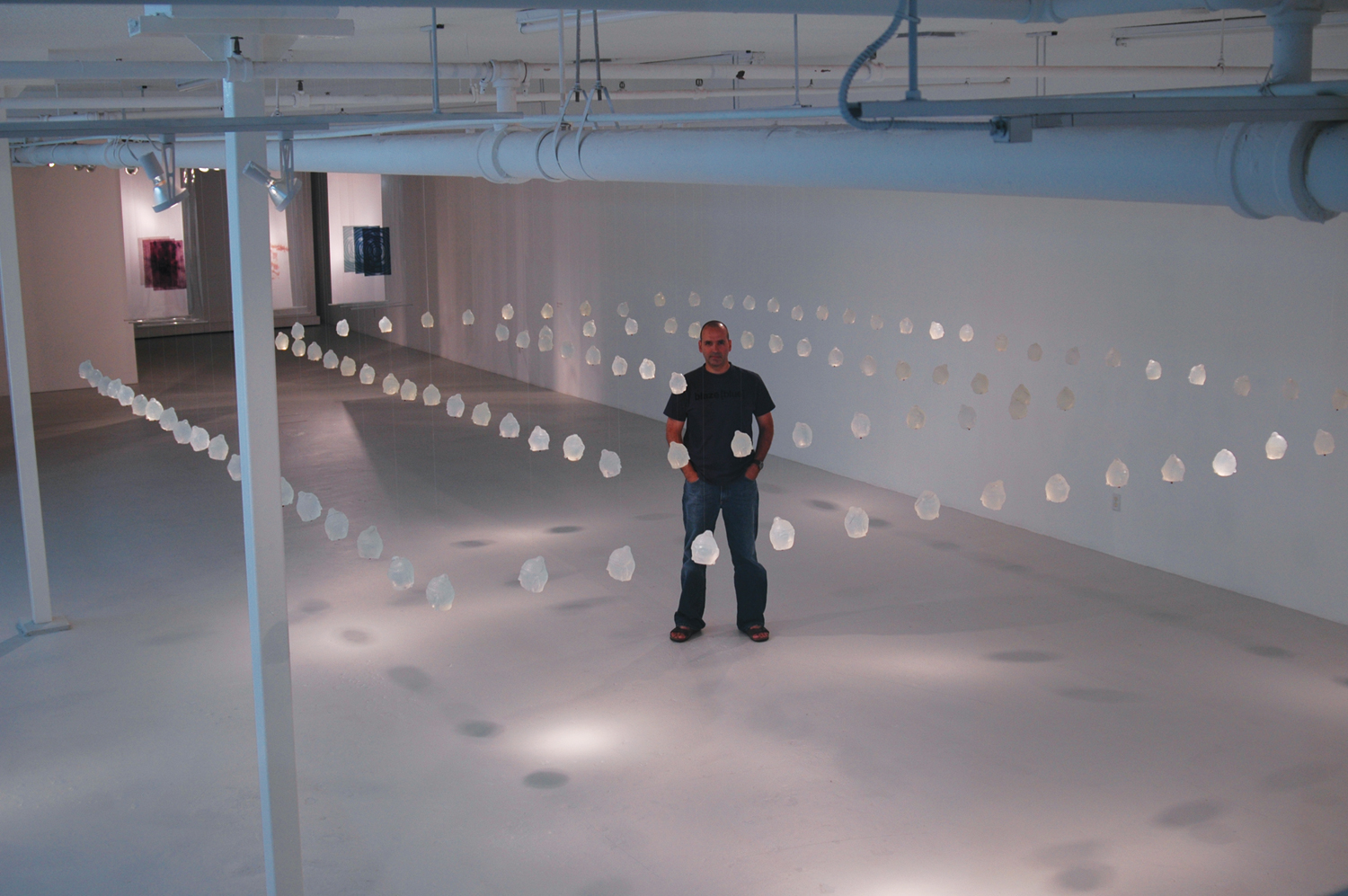
Artist Andres Michelena with his installation “AWA,” 2006, 108 Glycerin soap Buddha heads, variable dimensions, May 2007. Photo: Lili(ana).
The gallery is a business but has become a cultural institution, not to replace the museum institution. Art fairs have become the business, and galleries are now competing with independent artist studios, assuming all the cost of media, exhibits and art fair productions. But the gallery as a cultural institution allows the validation of the artist in museums, biennials and art fairs-artists can’t do it by themselves. The future of a gallery is a pop-up space anywhere around the planet, with a lot of traveling and social media. The evolution of the gallery is to go back to basics: a relation of trust between the gallery owner, the artist and the collector. The important key in this evolution is services, education and communication.
M.U. - Having said this, we still believe that it is important to have a physical space, which is why we now have three spaces in three countries. We look at this new era and consider ourselves to be part of a new generation of gallerists where creativity is not enough to make it, as a great effort is needed to have a perfect harmony. This is what I believe to be PSH’s greatest strengths. We have three particular sets of skills that allow us to workout solutions that otherwise might not be accomplished individually.
N.F. - Nina, you founded the New Media Festival in 2006, which in 2011 began to involve many other Wynwood-based galleries. Will you continue to coordinate the festival? What is the program for this year?
M.U. - The NMF was a Hardcore Art Contemporary Space international venue until 2010. When we formed Miami Art Dealers Association (MADA), in 2011, we decided to transcend the venue and transformed to MADA NMF to expand the proposal in our group of members. In the last two years we did the New Media Festival with MADA and will continue like this. I will do the production and curatorial proposal for this year’s MADA NMF, and we are going to launch a new LED projection platform and complementary venues during four weekends in different galleries of Wynwood from October to November 2013. The name of the next MADA NMF will be The New Media Evolution.
R.C. - Let’s talk about The Chill Concept. I understand that it moved to a new location in Wynwood, a space that is going to open its doors soon. What are your plans for this new space?
N.F. - With The Chill Concept (TCC) at our new location at 119 NE 20th St., we are conceptualizing, constructing and opening the world’s first pop-up museum in one of the region’s most dynamic art districts-Wynwood. The pop-up phenomenon embodies innovation and rethinking in uncertain economic times. We didn’t doubt whether this new business would work-we have seen it succeed in other areas. Pop-up shops? Sure. So, why not pop-up museums? The question was at the heart of a deeper one: What is contemporary art? More to the point: How permanent can contemporary art be? Everything, eventually, goes out of style in contemporary art because everything contemporary is temporary.
TCC will debut-or pop up-for a limited number of months: It could be 12, maybe 24 or more. We don’t know. But if you miss it, as with Woodstock or Art Basel, you will be out of luck. It will be over, done, gone. Our wish is to bring Latin, Asian and European flavor and fun to the creative beauty of Wynwood. We want to create a recycled setting with an urban spirit. The bones of the TCC lay in a 7,500-square-foot space, la 20St Casita (in perfect Spanglish) and a group of selected curated projects, Pop-up created spaces, Chillax Sessions, events and exhibits. The appeal of this space lays in the potential to cast everyday moments-sounds, tastes, scents, objects, materials, colors and community relationships -in a new light to create unforgettable, boundary-pushing experiences. We will offer a patio to relax and chill, a canteen with an innovative bar, store, documentation center, video library, wellness program with yoga and meditation-all inclusive to enjoy with your membership.
R.C. - I understand that you will welcome different community projects that are not only focused on visual arts. Can you explain the different organizations that will be involved in The Chill Concept space?
N.F. - As a pop-up museum, The Chill Concept will have a collection, but not an art collection; instead, a collection of curated projects and creative spaces uniting the Wynwood community.
Our project TALES OF WYNWOODLAND will group the information and needs of any project located in our community and relating each other with events, exhibits, pop-up spaces and chillax sessions.
The Chill Concept will host PSH Project Curators and artist residence programs.
R.C. - Finally, what are your goals for PSH Projects? Where do you want it to be in 10 years?
N.F. - Transformation of gallery institutions with the most cutting-edge contemporary art practices.
M.U. - In 10, years I see PSH as a mature project doing exactly what we are doing now but having a greater reach. Even though PSH started four years ago, we are just now getting warmed up, and as Nina would say, “The best is yet to come.”
PSH Projects Miami is located at 72 NW 25th Street. Wynwood Art District, 33127. For more information visit, www.pshprojects.com / psh.project00@gmail.com
Raisa Clavijo is the editor of ARTPULSE and ARTDISTRICTS magazines.






